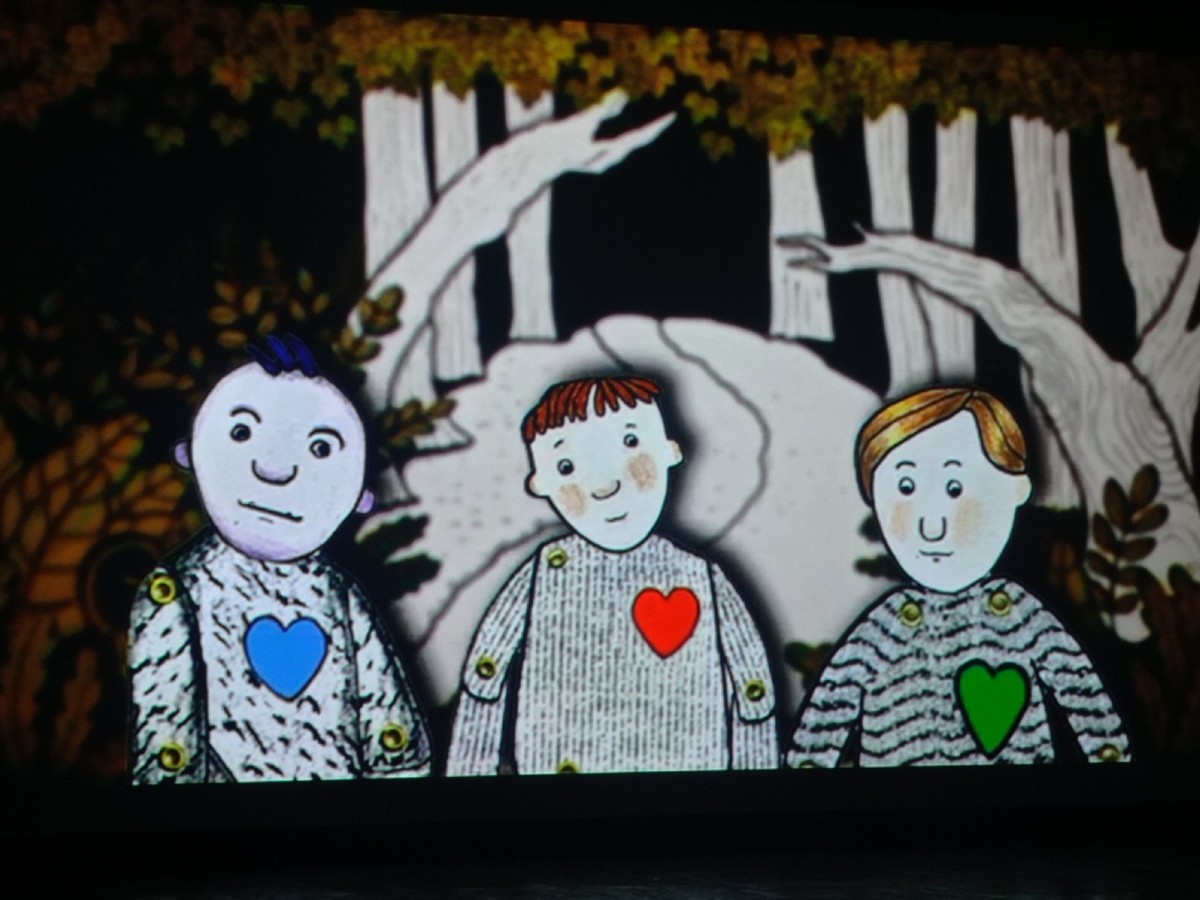Puppetry may not have as many takers nowadays as in the past due to modern entertainment gadgets and gizmos, but it still attracts connoisseurs. Or so it seemed at PuppetOscope, India’s first international puppet film festival, which was held recently at New Delhi’s India International Centre.
Over three days, 21 films from 11 countries were screened. All the films, which were classified under three categories (children’s films, documentaries and fiction), either used puppets as a medium or were about puppeteers or puppet theatre.
The festival, which also provided a platform to filmmakers and puppeteers to present their work and vision through various discussions and workshops for adults and children, marked the 25th year of existence of Delhi-based Katkatha Puppet Arts Trust, a touring puppet theatre company.
“Most people are hobby puppeteers. Then there are traditional puppeteers who are also farmers or other artisans. [But] We are an organisation of full-time puppeteers, which is quite a big deal at least in India,” said Anurupa Roy, Founder & Managing Trustee, Katkatha Puppet Arts Trust.
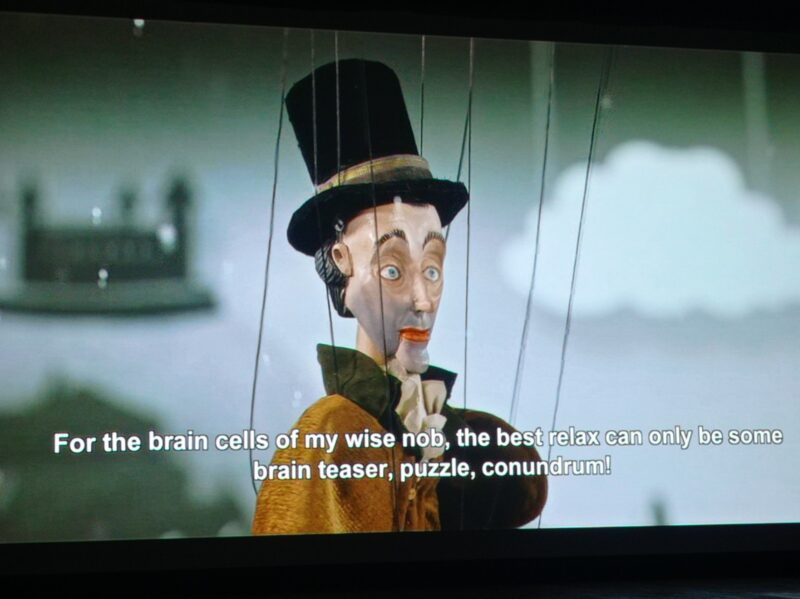
On an average, the auditorium attracted close to 150 people at a time. Many schoolchildren came to view the films, which were followed by an interactive activity in which the children would express their ideas, thoughts and feelings about the films.
Ranjana Pandey, a puppeteer, playwright, theatre and television director, showcased his film Godhuli, which was an exploration of the intersection between puppetry and film.
“The film itself hopes to put people in touch with that time of life when day meets night. It’s the time of the day when people face their loneliness and living in the past and wondering what the present is about,” says Pandey.
Anurupa Roy’s film The Girl in the Pink Frock was a true story about a young girl, Sitara, who wore her best pink party dress and walked for hundreds of miles with her migrant family to their village during the Covid-19 lockdown. Shot on a mobile phone, the film used the minimalistic medium of sketch pens, paper boxes, plastic bottles and broom sticks.
“It is only heart that transcends the mind, the heart and the body. So, this is a simple way to share important messages with people,” commented Amrita Lalljee, a theatre practitioner and actress, who attended the screening.
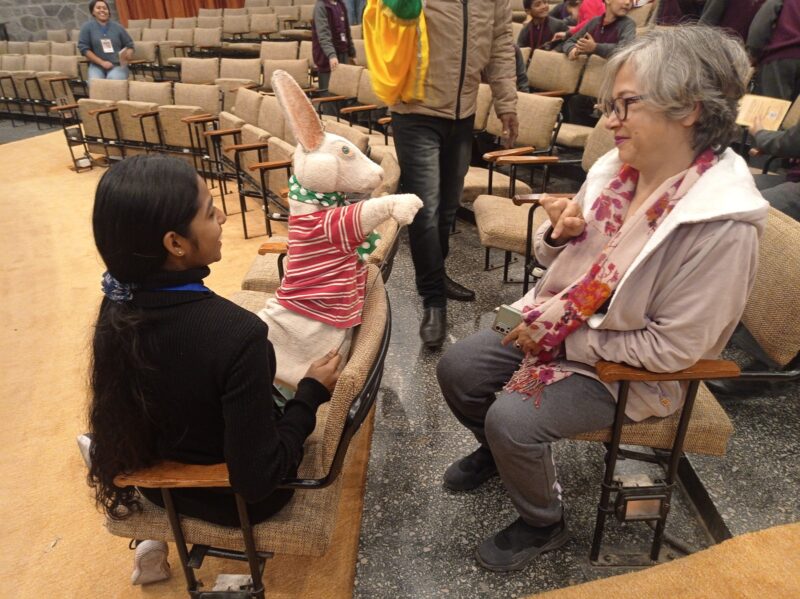
What was reiterated time and again was the fact that anything can be made into a puppet. Puppeteer and teacher Varun Narain’s film, The Nightingale, based on a story by Hans Christian Andersen, created quirky puppets using waste material consisting mostly of broken porcelain plates, cups and spoons. The idea was inspired by kintsugi, the ancient Japanese art of ‘golden repair’. In between the screenings, children were also shown other puppets made of different mediums, such as thermocol, newspaper and papier-mache.
Workshops at PuppetOscope were organised by puppeteers who have made the films. Avinash Kumar, a Chhau dancer, puppeteer and choreographer, held a workshop called Mask and Movements. The participants at the two-hour workshop included theatre actors, puppeteers, research scholars and teachers.
“We created a kind of illusion in which one man played two live characters with the support of a mask. There was some interesting improvisation that happened,” explains Kumar whose work at Katkatha specialises in the art of conveying a story to the audiences purely through the use of dance, without using any dialogues.
Narain held a workshop on abnormal puppetry in which participants fabricated puppets as simple structures but manipulated them to reveal something least expected.
Object theatre practitioner, puppeteer, actor, singer, writer and director Choiti Ghosh took a workshop on cinematic object theatre exploring how to create small vignettes with ordinary household objects. Some of the workshops also examined the use of camera with puppets. This is another recent addition in the medium of puppet theatre, as several live performers went into a digital performance space during the lockdown. So, in a sense, the puppetry art now also exists in the digital format, informs Roy. “Are we animation now? Are we live theatre? Or are we something in between? These are also some of the questions that we are asking ourselves,” added Roy.
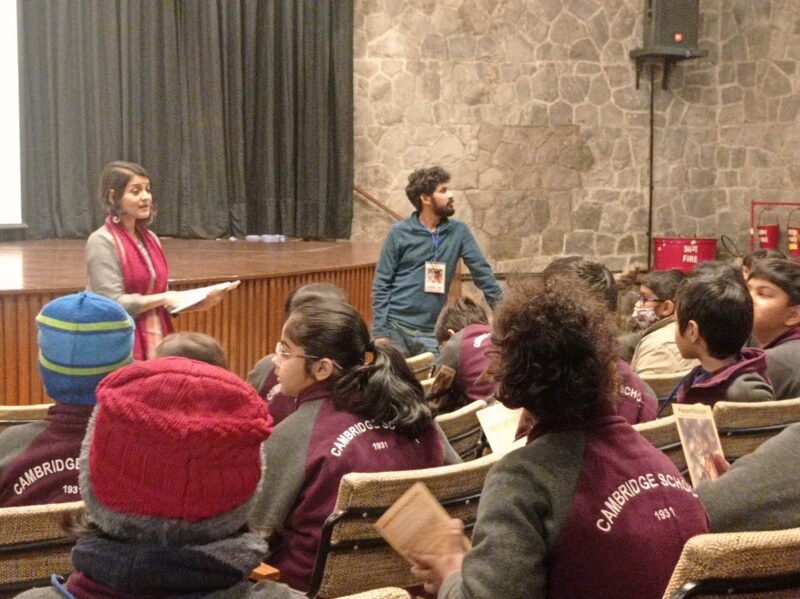
The festival also included an exhibition of puppets that depicted the journey of moving pictures from traditional shadow puppets to illusion toys to puppets in animation, along with sets of puppet shoots and puppets that have been filmed.
Some of the puppets displayed included those used in the film Udaan done for the Population Council of India, those by The Ishara Puppet Theatre Trust’s founder Dadi Pudumjee which were used in director Vishal Bharadwaj’s film Haider (2014); and the ones used by Pandey for the film Godhuli.
Apart from this, the exhibition also showcased leather shadow puppets from Karnataka and Kerala; an interactive kiosk to play with puppets and build one’s own shadow puppets. It also featured a cupboard of pre-animation apparatus, such as a crank shaft, zoetrope, peep show and miniature theatre.
“As an artist, I’m curious about what goes on behind the making of a film, which is why the exhibition is of particular interest to me. I don’t think I have seen something like this before,” remarked Shefali, an artist who is currently working on some animation works.
This year, the festival also had a strong focus on the next generation of the art form. More young puppeteers were invited to the festival, and there was also an initiative called Puppet Labs, which enables new puppet theatre companies to spring up.
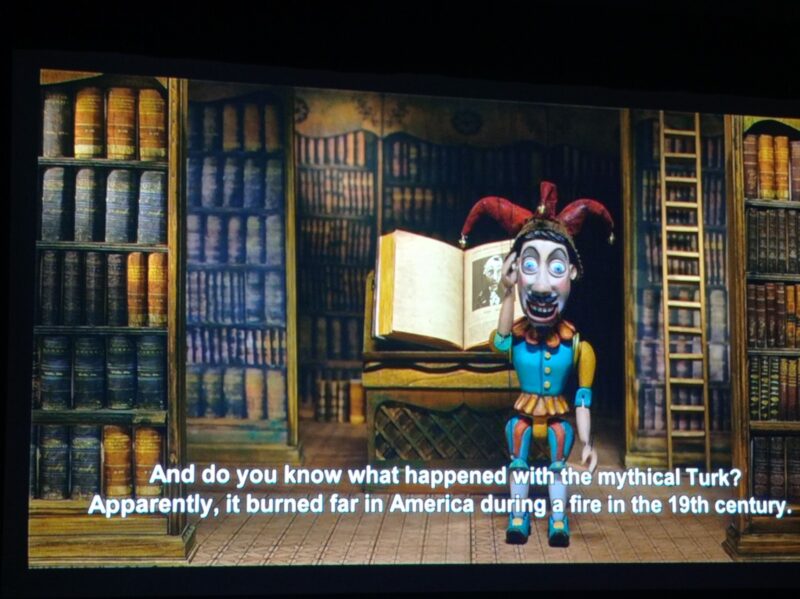
Moreover, a team of young members also worked on the festival. “We are very excited because the next generation is ready,” beamed Roy who was just 19 when she founded Katkatha in 1998.
While the festival will continue to take place biannually, the organisation is seriously working on building a training programme for future puppeteers.
For this, they ran a master class in December, and there is another lined up in June. One of Katkatha’s shows for adults and older children called The Nights, which is based on the 1001 Arabian Nights, premiered last year, and is now touring. Further, Katkatha will also be working on some projects with puppets, focused on schools, later this year.

